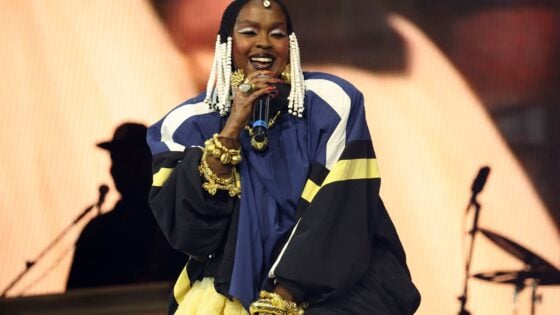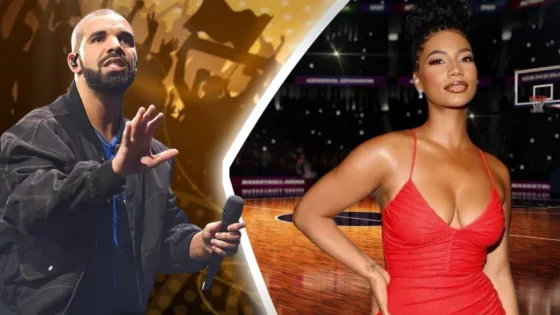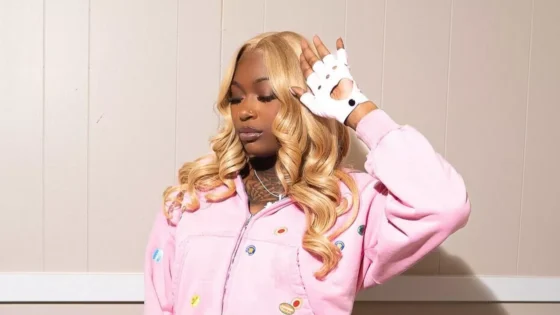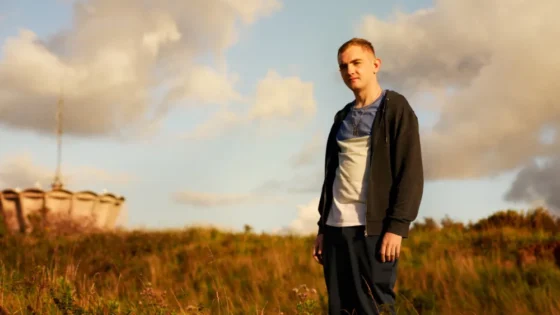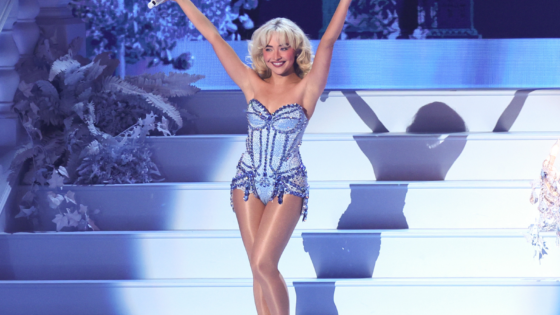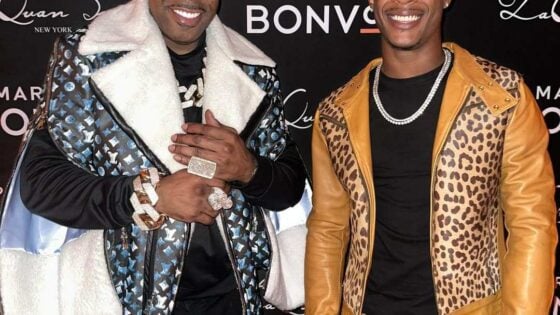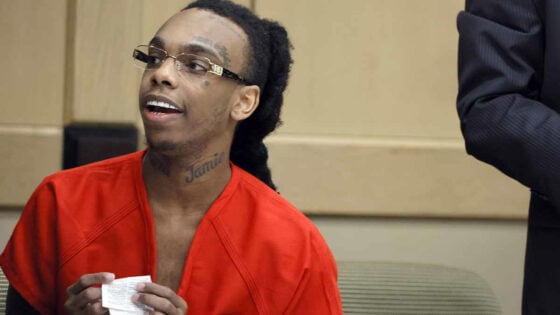“Bond, James Bond.”
Arguably (but not really) the greatest character introduction in the history of cinema. We meet Agent 007 at a baccarat table, casually lighting a cigarette, and introducing himself to a woman named Sylvia Trench (Eunice Gayson). Most crucially, we meet James Bond. There had been a popular series of books and a not-so-popular TV adaptation but Dr. No would be the world’s first, true glimpse of Bond.
At this time, we are once again in the vacuous interregnum between Bonds. During this period of speculation, reflection, and unreasonable fan castings that cultivate a steady flow of clickbait fodder, it’s appropriate to look back on Bond’s cinematic introduction to the world.
While adapting one of author Ian Fleming’s novels, the franchise’s producers surely had the same questions their successors do today. Who is James Bond? How should he be portrayed? What kind of man is he? Little did they know the scope of what the inaugural Bond film, Dr. No, would start or the ever-expanding ripple of establishing the archetype from which all other Bonds and Bond films would be compared and/or contrasted.

Sean Connery was all wrong for the part, as far as financer United Artists was concerned, as well as Fleming. To his literary creator, Bond is a man who should be able to blend into a crowd (makes sense for someone in espionage). Even his name was selected because of its qualities of being blunt and uninteresting. The author described the MI6 agent as a man with grey-blue eyes, a scar on his right cheek, and a comma of black hair above his eyebrow. Fleming pictured him looking like the entertainer Hoagie Carmichael. Instead, producers Albert “Cubby” Broccoli and Harry Saltzman chose a tall, Scottish, former Mr. Universe.
The thing is, Bond is an actor. He’s someone who uses subterfuge to carry out his deceitful duties. Connery was from an era when people looked about eight years older than they do today. Even at age 31, Connery offered a considerable face –complete with thick eyebrows and contours that were well-suited to telegraph Bond’s knowing expressions for the camera. His visage expertly tenses and relaxes depending on whether he’s trying to fight or fuck –the two raison d’etres of the British SIS’s famous operative. Connery successfully delivered the confidence and sex appeal necessary to sell the man “every man wants to be and every woman wants to be with” to audiences. The real triumph, and secret recipe to the Bond films, is the work of the production team assembled to construct the world around Bond for theatergoers.

It was director Terence Young who brought Connery to get fitted for a suit at London’s sartorial center: Savile Row. Legendary production designer Ken Adam – the twisted mind that brought you the sets from Dr. Strangelove and other Stanley Kubrick productions – created the blueprint for chic, austere supervillain lairs. The famous gunbarrel introduction was established – though the man we see turning to camera and firing is stuntman Bob Simmons for the first three films. Composer John Barry embellished Monty Norman’s guitar lick into the swinging, brassy anthem we know today.
Dr. No also established the series as a travelogue. At a time when families would go on vacation and then share a projected slide show with their neighbors, the white sands and turquoise shallows of the fictional Crab Key Island were a practical form of escape. It was an opportunity for audiences to experience a tropical getaway for the price of a movie ticket complete with sex, thrills, and a lively soundtrack.

While those audiences would be subject to a degree of “shoe-leather” we would feel is superfluous today, Dr. No exhibited a brutality with which the franchise struggled to indulge until the Timothy Dalton era of the 1980s. Once a snooping photographer is nabbed, she takes a broken flashbulb and scrapes the jagged shard against the cheek of Quarrel (played by John Kitzmiller) – to which he responds with a toothy grin and an insouciant wipe of the blood from his cheek. After Bond catches on to Professor Dent (played by Anthony Dawson), another insidious character, he ruthlessly shoots him in the back until he stops squirming and settles into being a dead bad guy. The sadism of Bond is an aspect of the character with which the producers continuously struggle to reconcile, particularly when a new actor takes on the role.
Like many a Bond mission, the threats escalate and lead to their megalomaniacal mastermind. The Bond tropes of the villain explaining their evil plan all while wining and dining 007 are established; as are the elaborate lair and body deformity that gives them some kind of tactical edge.

By and large, the DNA of Dr. No can be seen in all 007 adventures in 60 years since its release. This isn’t simply because they pull from the same literary source material, but rather the cinematic choices that were made and resonated enough with audiences for a sequel to be financially viable – followed by another sequel, and another, and another, and so on until No Time to Die, the 25th and most recent installment.



